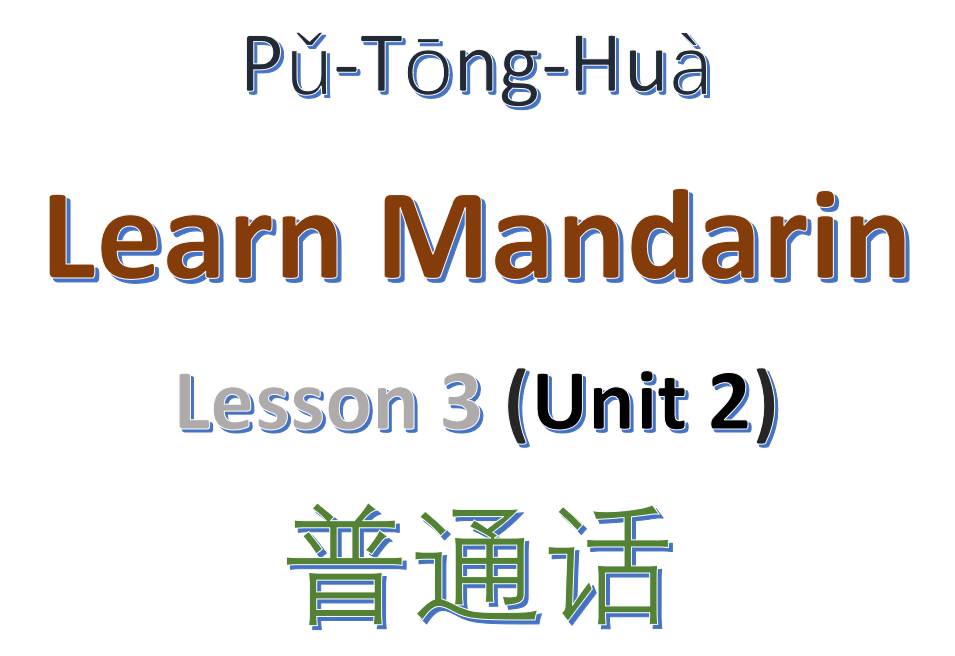Welcome to Lesson 3 to learn Chinese language online in Unit 2 of SKMLifestyle’s Chinese Language course. As you know, I have dedicated Unit 2 of this course to bring up the 100 most frequently used Mandarin Chinese characters list. I have already listed 40 characters and some related words in Lesson 1 and Lesson 2 of this Unit. In this lesson, we’ll learn the next set of 20 new characters.

Since it’s very easy to forget the characters, do keep revising the previous lessons on a regular basis. In fact, the only way to learn Chinese fast is to practice, and practice and practice more (check out all lessons from Unit 1 and Unit 2).
20 characters of 100 Most Frequently Used Mandarin Chinese Characters List
Here is the table with 20 new characters to learn Chinese fast. Some examples are provided in the next sections after the table.
| English | Chinese | Pinyin |
|---|---|---|
| Yes/ok | 可 | Kě |
| Also | 也 | Yě |
| You | 你 | N ǐ |
| Child/son | 子 | Z ǐ |
| Under | 下 | Xià |
| Hair | 发 | Fā |
| Right | 对 | Duì |
| While | 而 | Ér |
| That | 那 | Nà |
| Years | 年 | Nián |
| Now | 现 | Xiàn |
| Move | 动 | Dòng |
| Get up | 起 | Q ǐ |
| So/therefore | 所 | Su ǒ |
| A narrow road | 道 | Dào |
| Yes | 行 | Xíng |
| But | 然 | Rán |
| Work to do | 事 | Shì |
| Square | 方 | Fāng |
| By | 经 | Jīng |
Example of 你 (Nǐ, You) and 也 (Yě)
In Lesson 2, I taught you how to say “I want” something. Now let’s more further ahead.
If you have to say “I want you”, you can just say 我要你 (Wǒ Yào Nǐ). If you don’t want someone, you’d say, 我不要你 (Wǒ Bù Yào Nǐ).
As another example, the character for “also” is 也 (Yě). If you want to say, “I also want”, you’d say 我也要. If you have to say, “I also want something”, you’d say, 我也要东西.
Example of 对 (Duì, Right)
The character 对 is a very important character in Mandarin Chinese language. When you say 对 one time, it means right/correct/yes.
For example, if you ask me, “do you my name”, and if I knew, I’d say, 对. If you ask me, have you been China, I’d say 对 (since I live in Suzhou, China).
Often times, 对 is said three times together in a sequence, such as – 对对对 (Duì Duì Duì). In this case, it means a big YES. This is used to emphasize a positive reply to a given question. For example, if a Chinese guy has lost a pen, and you happen to find it, but you are not sure if the pen belongs to him, you can just him. If it’s his pen, he’d say 对对对, meaning “Yes, that’s my pen”.
As you can see, the more character you learn, the easier it is to form new sentences. That’s why I am introducing all these 100 important characters to you in this Unit 2 to learn the Chinese language online.
That’s all in Lesson 3 of the Chinese Language course.
You can head to the next lesson of the Chinese Language course or go through the previous lesson again.
You can try the Chinese Language Proficiency Test to test your learning. 🙂
If you have any question about the basic Chinese words or Chinese language course, feel free to post in our forum so that others could also contribute and learn. For regular updates like us on Facebook, or follow on Twitter!
If you enjoy to learn Chinese language, or find the write-ups useful, don’t forget to buy me a beer!
Happy mandarin Chinese learning.
Last updated: Wednesday, March 14, 2018